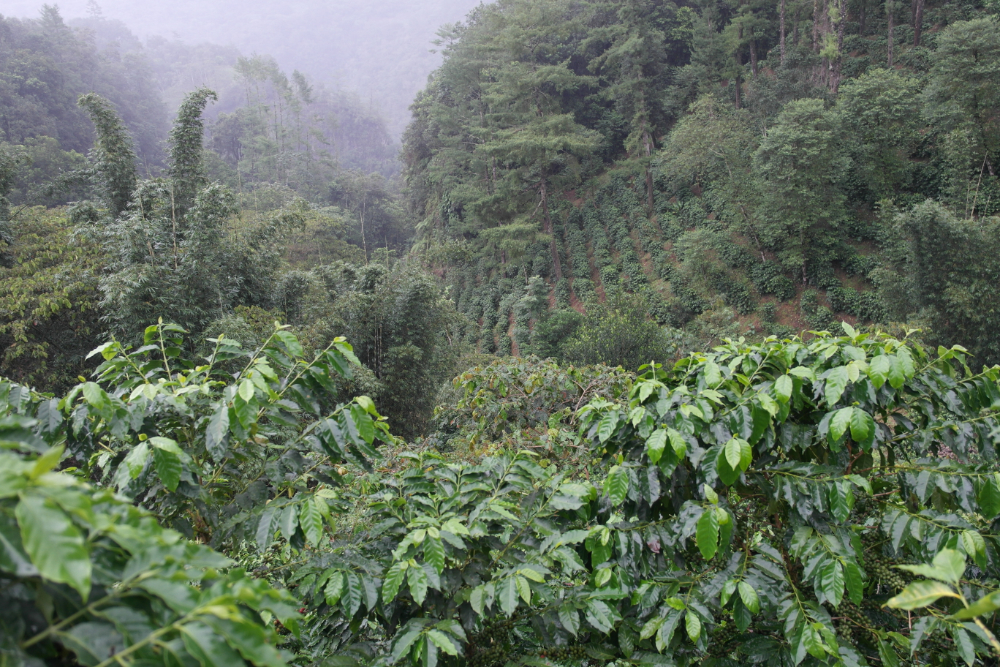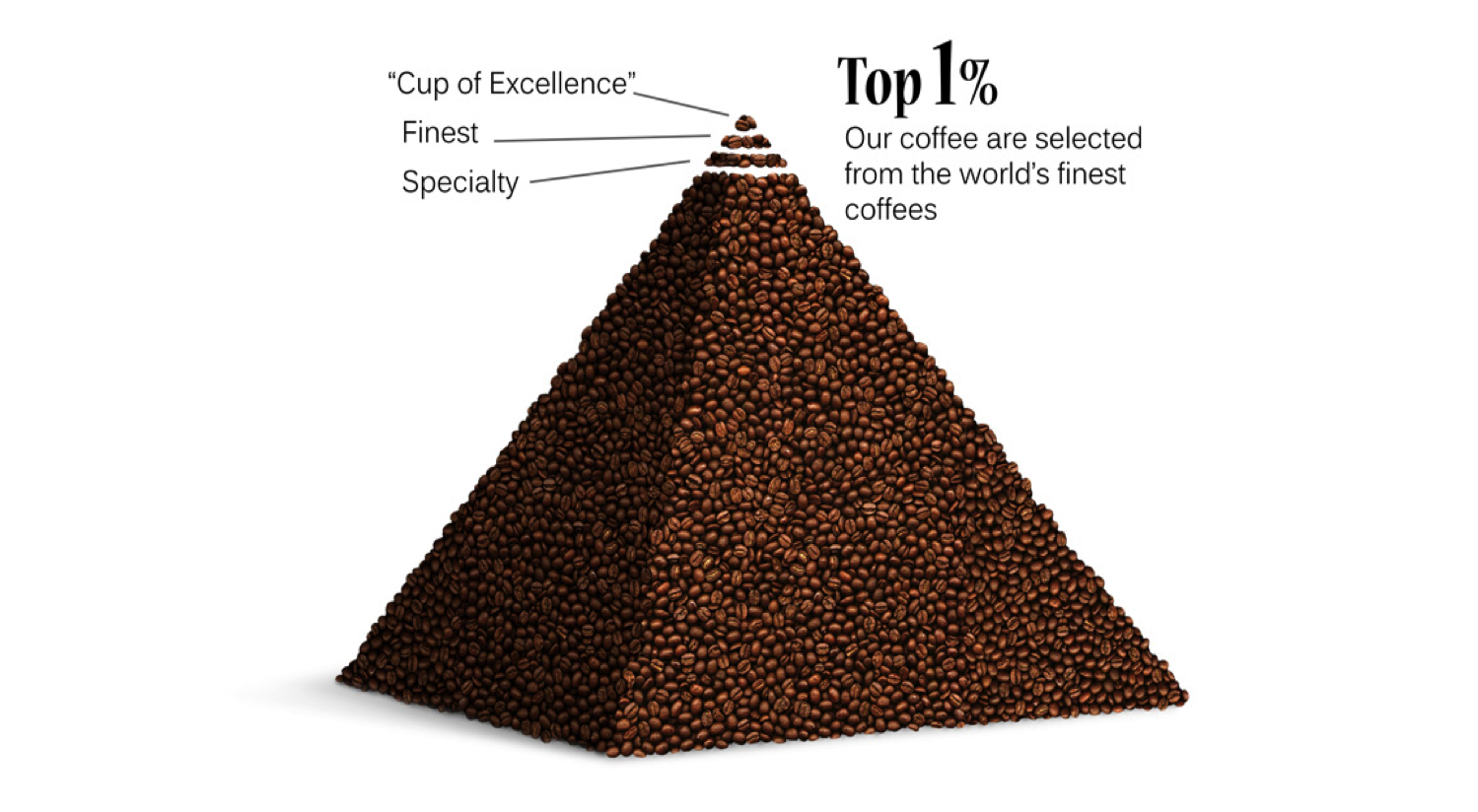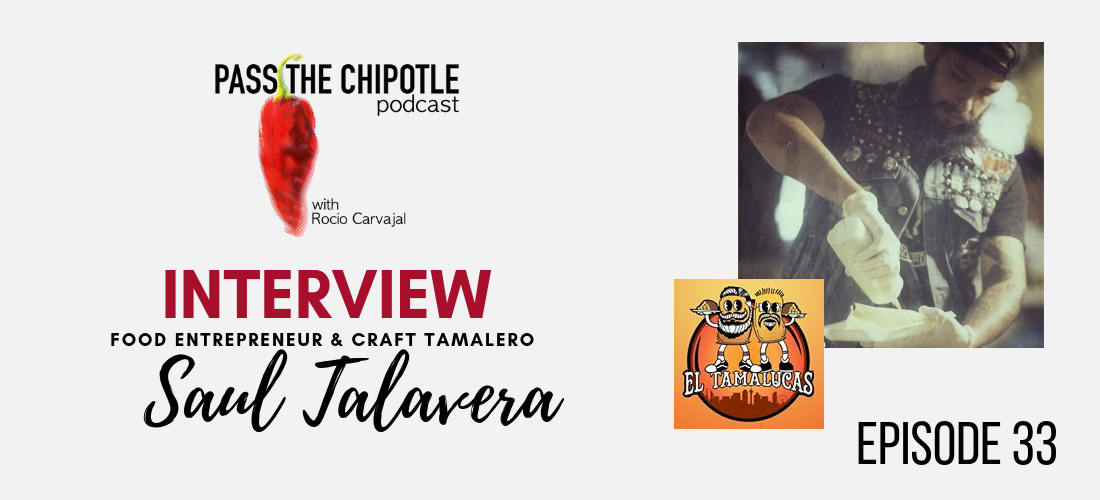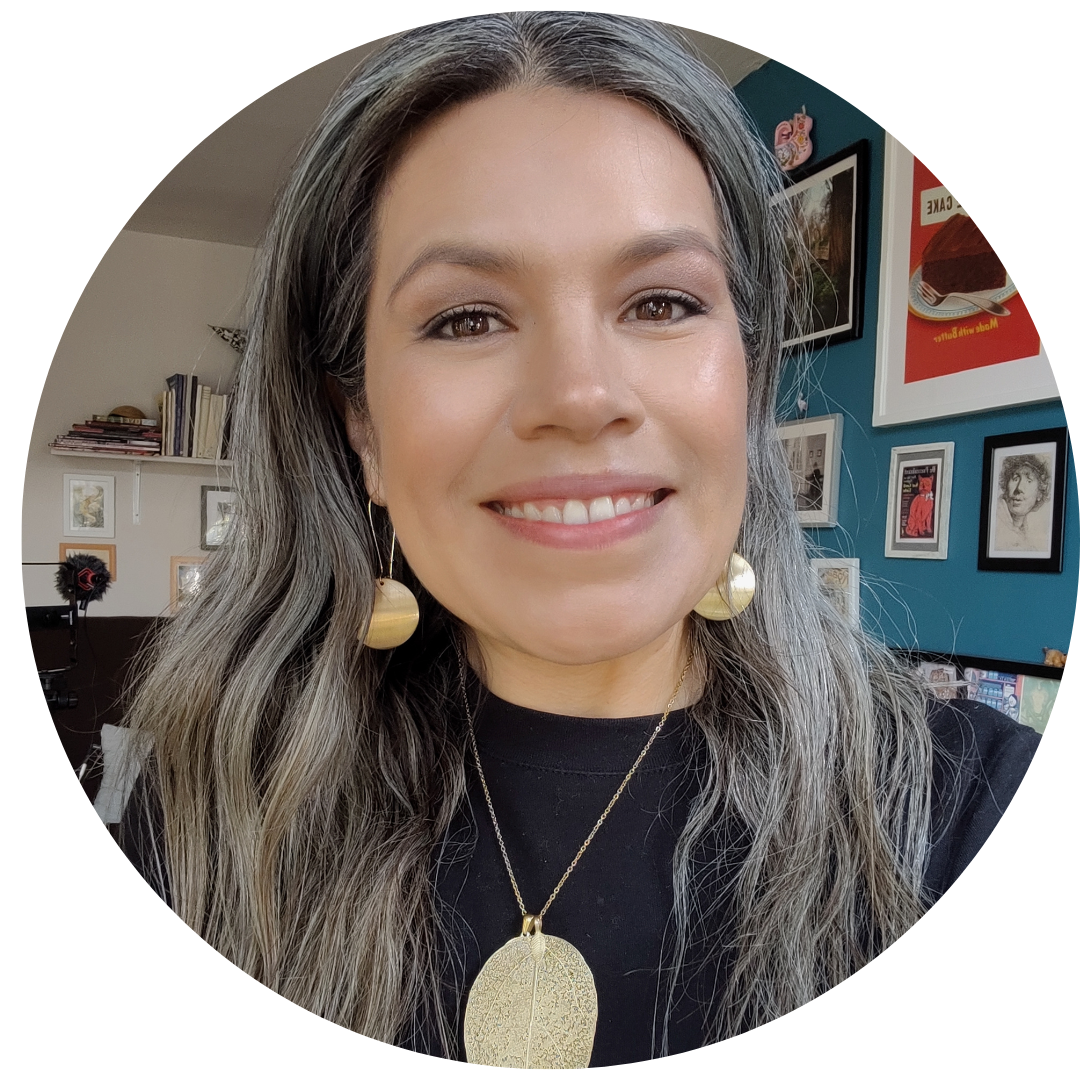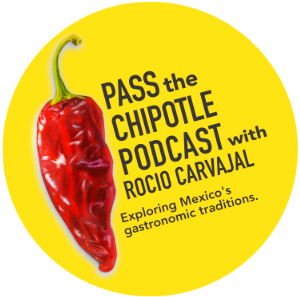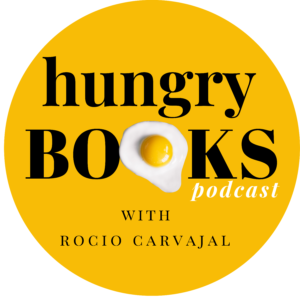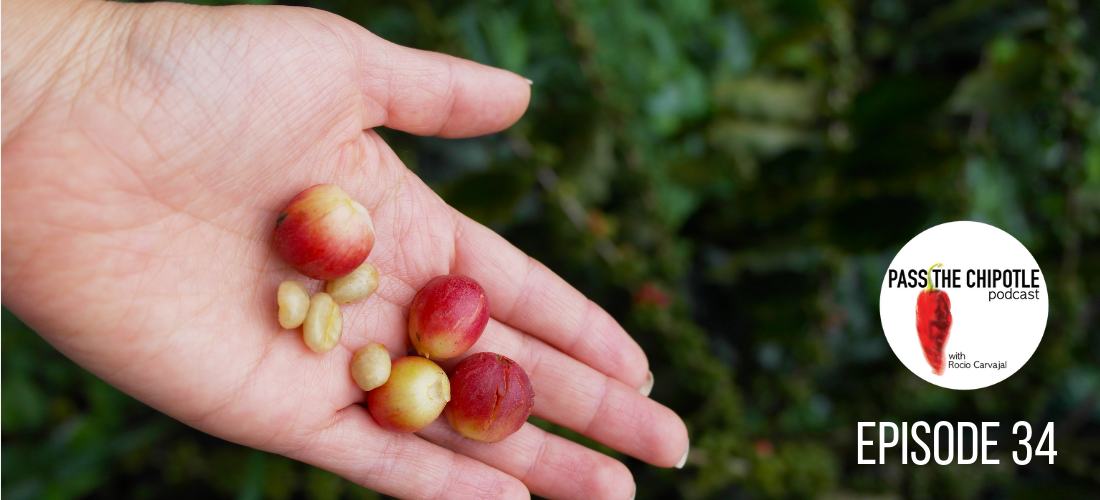
Mexican Coffee part II Ep. 34
Presented by: Rocio Carvajal Food history writer, cook and author.
Episode 34
This is the second and final part of the special on Mexican coffee, you catch up with the first part here:
Here are the highlights of the first part:
Coffee was first used for culinary purposes in Eritrea, modern day Ethiopia around the 9th century but it wasn’t until the 1700s when it was introduced into the Americas by a French naval officer who took some plants to the French Antilles in the Caribbean and from there it was disseminated to south, central and North America. The entry points in Mexico were the coastal states of Oaxaca, Guerrero and Chiapas in the Pacific coast and Veracruz, Tabasco and Chiapas again on the other side that faces the Gulf of Mexico.
German, Italian and Swiss investors where behind the coffee production of the country in the 19th and early 20th centuries. Tastes, food traditions and fashion influenced how Mexicans came to incorporate coffee to their diet and habits. Today I’ll share with you how is it that coffee makes it from the fields to your hands and kisses your lips every morning …or evening… or night! I’ll break down for you what the fancy speciality coffee is all about, what does the cup of excellence mean and what’s the state of coffee production in Mexico today.
Last year alone there was a total national production of 839 thousand tonnes of coffee that made their way to basically all continents, Mexico has hundreds of ecotones where two different ecosystems collide and produce magical micro regions where semitropical crops can thrive like vanilla, cocoa, mangoes and coffee. The largest coffee producing states are Chiapas with 41% of the national production, Veracruz with 24% and Puebla with 15.3%.
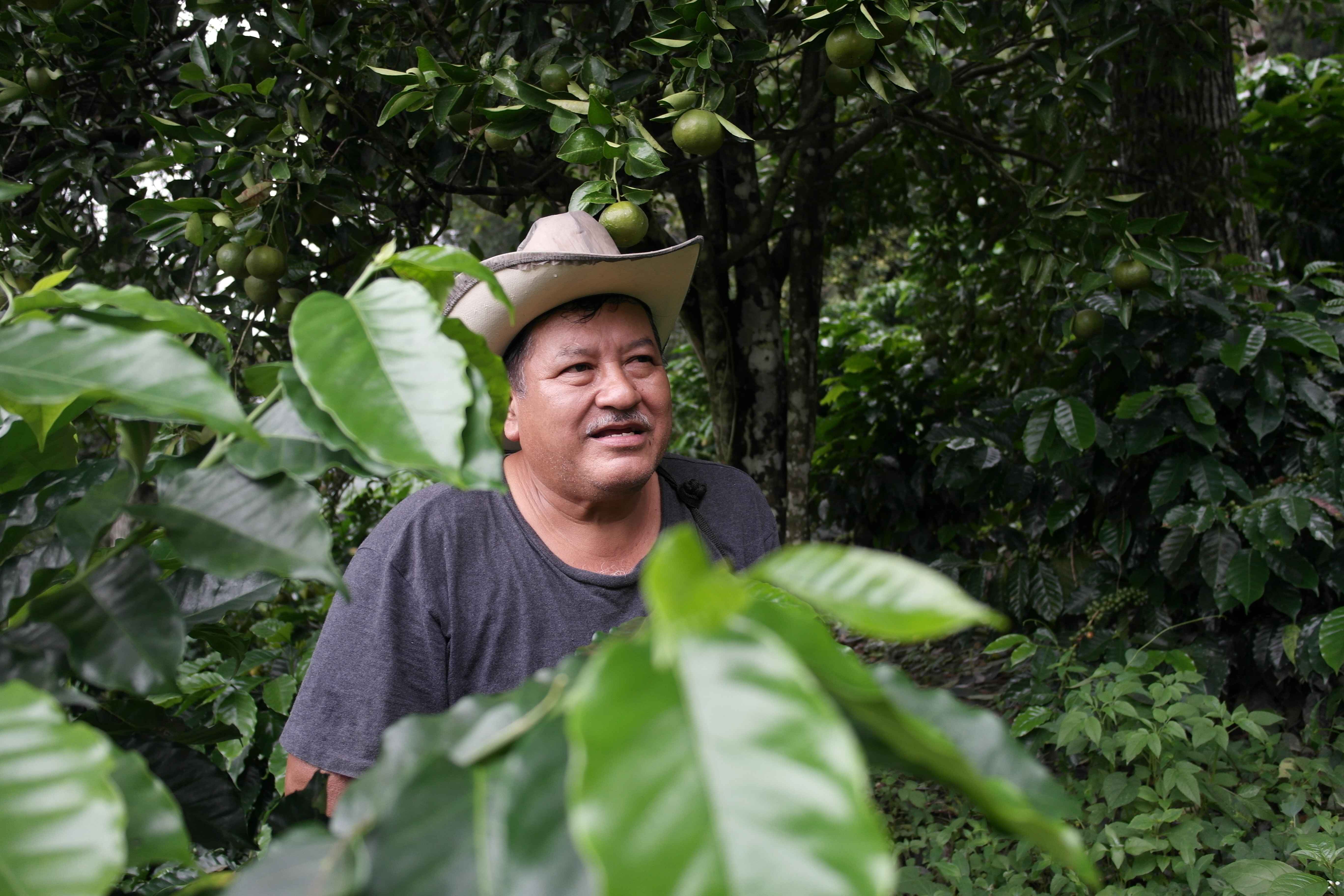
Last autumn I visited the allotments and house of Don Eduardo Vazquez a small coffee producer from Zapotitlan de Mendez in the mountains of Puebla, this visit turned to be a memorable life lesson in resilience, dedication and the unbreakable faith in nature. That sounds very poetic, but the truth is that his life has been on a constant pendulum of bonanza periods and bankruptcy. Small producers like Don Lalo are key to source premium quality batches that can reach incredibly high prices, but are also vulnerable to the fluctuations of the International market, changes in weather patterns, and plagues as I will further explain.
Here are the main steps of the coffee production chain and how coffee goes form the fields to your morning cup:
What we normally know as “coffee beans” technically are the halved seeds of coffee cherries that are dried, roasted and ground and brewed to produce the drink we know as coffee. And it all starts with a sprouting seed, the promise of life.
- After sprouting, coffee seedlings or young plants are carefully nursed in shaded beds, once they are strong enough, young bushes are plated in the fields and will grow for 3 or 5 years in average to reach maturity and start consistently producing cherries.
- Most semitropical coffee producing countries can have up to two harvest, one in mid or Late spring and the second in the late autumn. The fruits or cherries have a deep red colour and are not much bigger than an average cranberry, while some large producers use machines to harvest, the best way to ensure a good quality selection is handpicking.
- Next the cherries are taken to the facilities where they will be processed, the two most common ways to get the seeds ready for roasting are the “dry” and “wet” methods.
- The wet method requires to submerge the cherries in water to separate unripe or sick fruits, the healthy cherries will sink at the bottom and they will be transferred to beds where the pulp will slowly ferment for 24 or 46 hours before rinsing off the fermented red skin and pulp.
- The seeds or beans are laid to dry for several days in cement covered patios by resting under the sun, farmers gently turn them with a wooden rack of sorts every 30 minutes, and this prevents the formation of mould.
- After this, the dried skin can be easily removed by hulling the beans in a dry mill, at which point the seeds will split and the individual halves or beans are clean and ready to be selected and stored. The dry method by comparison, removes the pulp completely and from there, the naked seeds sent straight away to the drying patios. In high tech processing plants this stage can be done using drying machines.
- Selecting the beans. Contrary to what we might think, the quality of a good coffee is not only measured when the drink is served, it actually begins long before the beans are even roasted.
- This really starts right when the cherries are handpicked, clean and the beans are ready for selection. Coffee experts grade the dry beans looking for consistent colour, hardness, damages, weight and texture among many other details. Once each batch of a crop is graded the beans are ready to either be exported or roasted.
- Roasting and grinding the beans. This process not always takes place at coffee farm facilities, many companies, large and small prefer doing this themselves to control all aspects of the final stage and will take care of the packaging and commercialisation to present it to the consumer. Roasting machines provide a controlled and constant source of dry heat and also movement to evenly roast the beans, this will completely eliminate all residual humidity and the intensity or darkness of the roasting will help release the natural oils of the seed and produce different flavours, aromas and density of the drink. Most commercial brands of coffee from transnational companies by the likes of nestle, Nero, Starbucks, Costa, Illy, Kraft, and Coop Kaffe don’t actually grow coffee, they do the second part of the process by importing, roasting, grinding, packing, making coffee-based drinks and selling them to the public.
As our awareness about the social and environmental impact of the coffee industry has increased, so have our consumption habits and by choosing to buy directly from producers we are effectively contributing to making a direct impact in the lives of coffee farmers and coffee producing countries. Our education about coffee making has also changed the way we consume it, for instance, it is really interesting to see how the coffee culture in Mexico has rapidly changed over the last two decades. Like the rest of food traditions in the country, the social aspects of conviviality always come first than the actual foods or drinks and coffee is no exception.
While most urban young adults have incorporated coffee into their morning rituals, the drink is actually far from bing a national breakfast staple, its appreciation is actually framed by the social function it has as a mid morning or post-meal pretext to meet up with co-workers, friends and loved ones to relax. Earlier this year when I attended the Latin-American coffee summit I had the chance to talk to many producers, traders and representatives of coffee organisations, there was a consistent acknowledgement that the coffee culture in Mexico is changing, but it is also weaving into our cultural practices, and while now more and more people consume it and are even opting out for higher quality coffees, the way of enjoying it has continued to have a big social emphasis.
Nowadays, Mexico occupies the 11th position among the top organic coffee producers in the world, most of this valuable production is destined to the American and European markets. But Mexican coffee actually faces many challenges, one of them is the international’s market’s own fluctuations because of variations in the supply and demand of coffee around the world, the prices affect directly the economy of thousands of farmers. Another threats are plagues, such as the coffee leaf rust, known in Spanish as roya that bleaches and dries the leaves killing the plant and they can no longer photosynthesise the sunlight. This disease alone cut in half the total production of coffee in Mexico in the last three years.
An article published by DRWakefield a British coffee trading company highlights that what makes the coffee production in Mexico very attractive for socially responsible companies is the increasing number of farming coops that ensure fair prices and minimise the risks of abuse and corruption. This model, they praise, owes its success to the civic organisation and is by far one of the most successful social business movements in the world.
Each of the producing regions in Mexico has distinctive flavours and profiles, for instance Oaxacan coffee is known for its chocolate-like aftertaste while Veracruz coffee is richer with nutty and sweet notes. Poblano coffee has unique caramel and walnut like flavours and Chiapas produces cherry-chocolate like aromas.
Now, the largest producers of coffee in latin America remain to be Brazil, Colombia and Honduras, primarily because of the volume that their agro-industry can handle. And while Mexico can’t compete in the same way, it has opted out for a strategy of a smaller production of extremely good quality coffee which has consistently gained international recognition. This has marked the new era for Mexican speciality coffee. And no, it has nothing to do with curled moustaches and hipster dens serving coffee in jam jars it is not quite what you think, let me explain first what it is NOT a speciality coffee. You might have heard about cold brewing, drip coffee maker, French press, espresso machines, mocha pots, aeropress and handpressos, well all of these are methods of extraction or brewing that will produce different densities in the drink and bring out distinct flavours and aromas. But that is NOT what makes a speciality coffee.
Instead this are all the characteristics to consider:
First, it is all in the bean. There are two main varieties of coffee plants: Arabica and Robusta.
The Arabica variety produces a big range of flavours and notes, it is delicate and easily spoiled.
Robusta on the other hand, has a much bitter, deeper taste, it has less layers of flavours and is considered as inferior to Arabica in spite of how easy is to grow it in comparison.
So aspect one, you have to start with a 100% batch of Arabica beans.
Next, comes the combination of:
- The region in the world where it is produced, altitude, acidity of the soil, age of the plant, types of crops that grow in the vicinity that affect the flavour of the beans.
- It is really important to maintain a strict quality control during the harvesting, selection, cleaning, drying and storing of the beans.
- And all of these aspects are actually graded by professionals using a set of scores that must range between 80 and 100 points to be considered as speciality.
- The care or lack of it in any step can make or break a whole harvest. And bear in mind that all fo this happens way before the roasting, grinding and brewing.
- In short, for a coffee to be considered as speciality it requires of the specialised combined work and knowledge of farmers, buyers, roasters and baristas to reach a consumer who by this point, is often quite he connoisseur who is not afraid to spend what’s needed on this coffee.
The cost of a single cup of speciality coffee can range between $6 and $16 usd but the value is placed not only in the supreme quality of the drink which in itself the whole reason for the existence of the mammoth effort behind it, but you are actually buying into the whole ethos of the production chain.
Now, will you like speciality coffee more than your regular favourite coffee? Not necessarily.
Actually I’m not embarrassed to say that at this year’s Latin American coffee summit I tried four espressos of different speciality coffees, all Mexican and all winners of multiple international accolades, I noted satsuma, honey, flowers and chocolate in the aftertaste. They were like nothing I have had before, and they almost didn’t taste like coffee at all, at least not what we tend to associate to the most common flavours of it. But I think I still like my flat whites and cafe au lait.
Why do I tell you this? Because if you have the chance to experience this type of product, do it, but remember that in the end, coffee is like wine, the best one for you is the one you like.
In any case the key aspect here is that while I am perfectly happy drinking a home-brewed coffee everyday without getting a mortgage to support my habit, I can still, like you, opt out for buying socially and environmentally produced coffee that will not only contributes to a personal ethical satisfaction it can also be perfectly affordable and delicious.
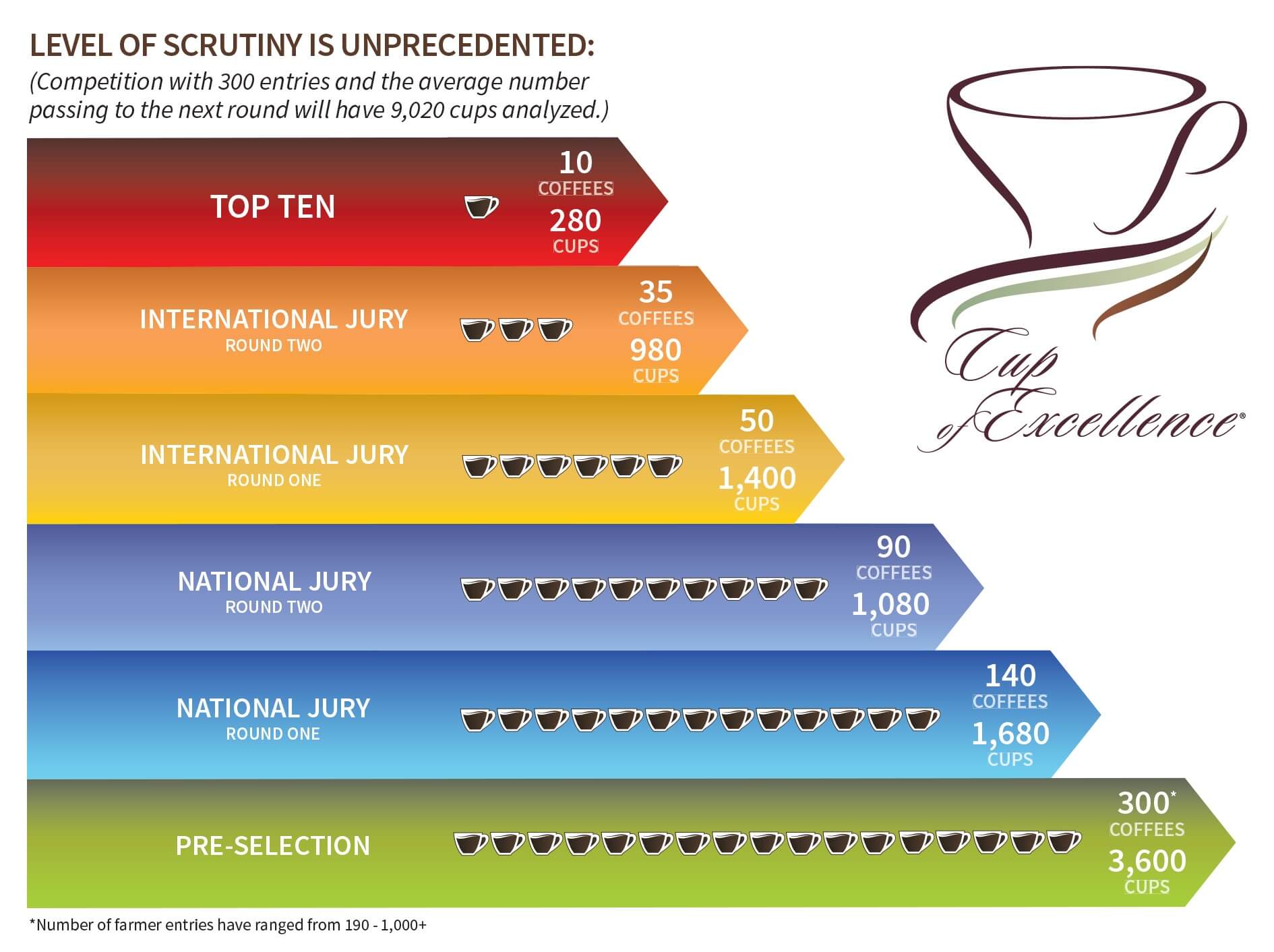
Taza de excelencia or Cup of excellence is a prestigious international competition celebrated every year created by the NGO Alliance for coffee excellence. As explained on their website this is the equivalent of the Oscars of the coffee world. It is actually a relatively new competition that started only in 1999. This year Mexico was the host of the Cup of excellence competition.
The jury has to analyse and evaluate hundreds of submissions from around the world and only those that score above 86 and above can enter the final selection. The impact of this competition is of paramount importance for producers because all the evaluations become their credentials to enter international auctions to sell tons of high quality coffee at premium prices.
Check this cool video about the Cup of excellence:
Want to know more about it? Heres some info in Spanish and in English.
Coffee like cocoa is one of those prodigious plants whose fruits have reached every corner of the world, transformed landscapes, tastes, costumes and rituals. And while coffee is of course not native to Mexico we are grateful for the serendipitous events that lead it to reach this side of the world, and to remind ourselves why should we drink it, let’s consider these arguments by the American Journal of Gastroenterology, the American heart association and the world health organisation.
- Caffeine is a stimulant as we know, it but what kind of stimulant exactly? well, It is a psychoactive, meaning it gives a rush of energy to your brain enhancing neurotransmitters, releasing dopamine which controls our feelings of happiness and motivation.
- It increases the speed of your metabolism helping you perform better when exercising, that is if you don’t order a cream, and sugar loaded bomb of course.
- It has been proven to help levelling insulin and can prevent in many cases certain types of diabetes, again, do’t ask for unicorn drinks.
- Coffee can also lower the risk of liver cancer
- And las but not least, coffee is loaded with antioxidants which in short slows down the ageing process of your body.
I don’t want miss the chance to encourage you one more time to try Mexican coffees and if you can, make it a fair trade and certified as organic, this will not only ensure the quality of your drinks, but also you will help farmers and the environment.
Not only Mexican coffee is gaining recognition outside Mexico, inside too, there is an increasing number of events with traders, farmers and roasters, promoted by AMECAFE, that is the Mexican association of the Coffee Production Chain, and AMCCE, the Mexican association of speciality coffee shops
Some of these high-profile events where trades from around the world tend are Expo cafe and gourmet, The Latin-American coffee summit , and Expo cafe.
Here are three of my favourite coffee brands, hopefully you’ll get the chance to enjoy them someday!
Cafe Bola de Oro (Veracruz)
Cafe La Brujula (Oaxca)
Cafe Via Corta (Puebla)
Mujer Serrana (Puebla)


